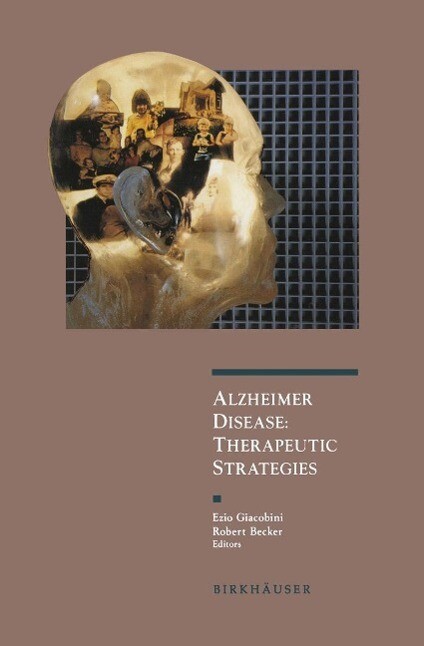Since the apoE4 allele is a risk factor or susceptibility gene in late-onset familial and sporadic AD, the mechanism of disease expression may involve metabolic effects that are isoform specific. Isoform-specific interactions of apoE therefore become critical in the mechanism of AD pathogenesis. Detailed characterization of the binding of the apoE isoforms with proteins and peptides relevant to the pathology of the disease may be critical in understanding disease pathogenesis. These critical isoform-specific interactions of apoE may involve interactions with proteins and pep tides in the defining neuropathologic lesions of the disease, the neurofibrillary tangle and senile plaque. Other possible critical isoform-specific interactions include the mechanism of internalization, intracellular trafficking, and subsequent metabolism. In addition, differential post-translational modifications of apoE isoforms may determine differences in metabolism contributing to the pathogenesis of the disease. Oxidation of apoE may confer several isoform-specific, biochemically distinct properties. Since {3A peptide binds apoE in the lipoprotein binding domain of the protein and not in the receptor-binding domain, apoE could target bound {3A4 peptide to neurons via the LRP receptor. Internalization of the apoEI {3A peptide complex into the cell, by the same route as the apoE-containing lipoproteins, would result in incorporation into primary lysosomes and pH dependent dissociation. The demonstration of apoE in the cytoplasm of neurons, with isoform-specific interactions of apoE with the microtubule-binding protein tau demonstrated in vitro, suggest additional, testable hypotheses of disease pathogenesis.
Inhaltsverzeichnis
Introductions. - I. Neuropathologic and Genetic Basis of AD Treatment. - II. Therapeutical Strategies to Arrest Production and Processing of Amyloid. - III. The Cholinergic System of Human Brain. - IV. Cholinesterase Inhibitors in AD Treatment. - V. Nicotinic Agonists as Drugs for AD Treatment. - VI. Muscarinic Agonists: Preclinical and Clinical Approaches. - VII. Drugs to Enhance Acetylcholine Synthesis and Release. - VIII. Nootropic Drugs in AD Treatment. - IX. Neurotrophins, Growth Factors, and Neuroprotection in the Treatment of Alzheimer s Disease. - X. Excitatory Amino Acids, Ca++ Cellular Homeostasis, Nitric Oxide, and AD Treatment. - XI. Antioxidant, Protective, and Anti-Inflammatory Agents in AD Therapy. - XII. Treatment of Behavioral and Gait Disturbances. - XIII. Neurotoxic Drugs, Transgenic Animals, and Aging Primates as Models of Al) Treatment. - XIV. Use of Imaging Techniques (SPECT, MRI, PET) to Monitor the Effect of Drugs in Al) Treatment. - XV. Clinical Testing of Efficacy of New Drugs in AD. - XVI. Socio-Economic Aspects in the Treatment of Alzheimer s Disease. - XVII. Alzheimer Disease Treatment: The Future. - Author Index.















